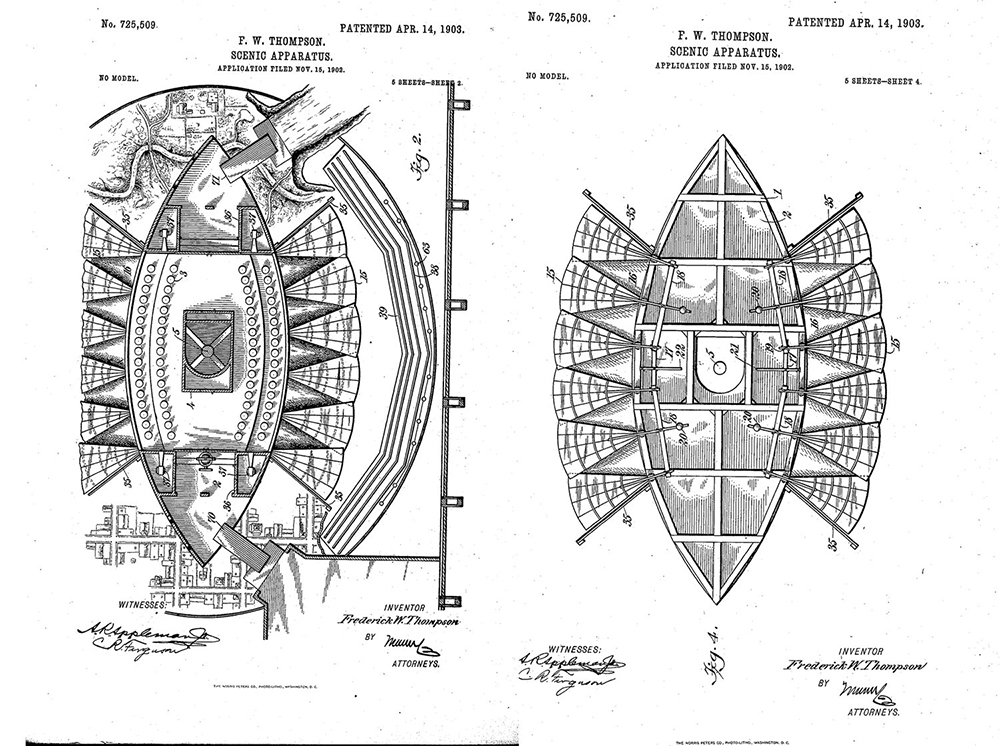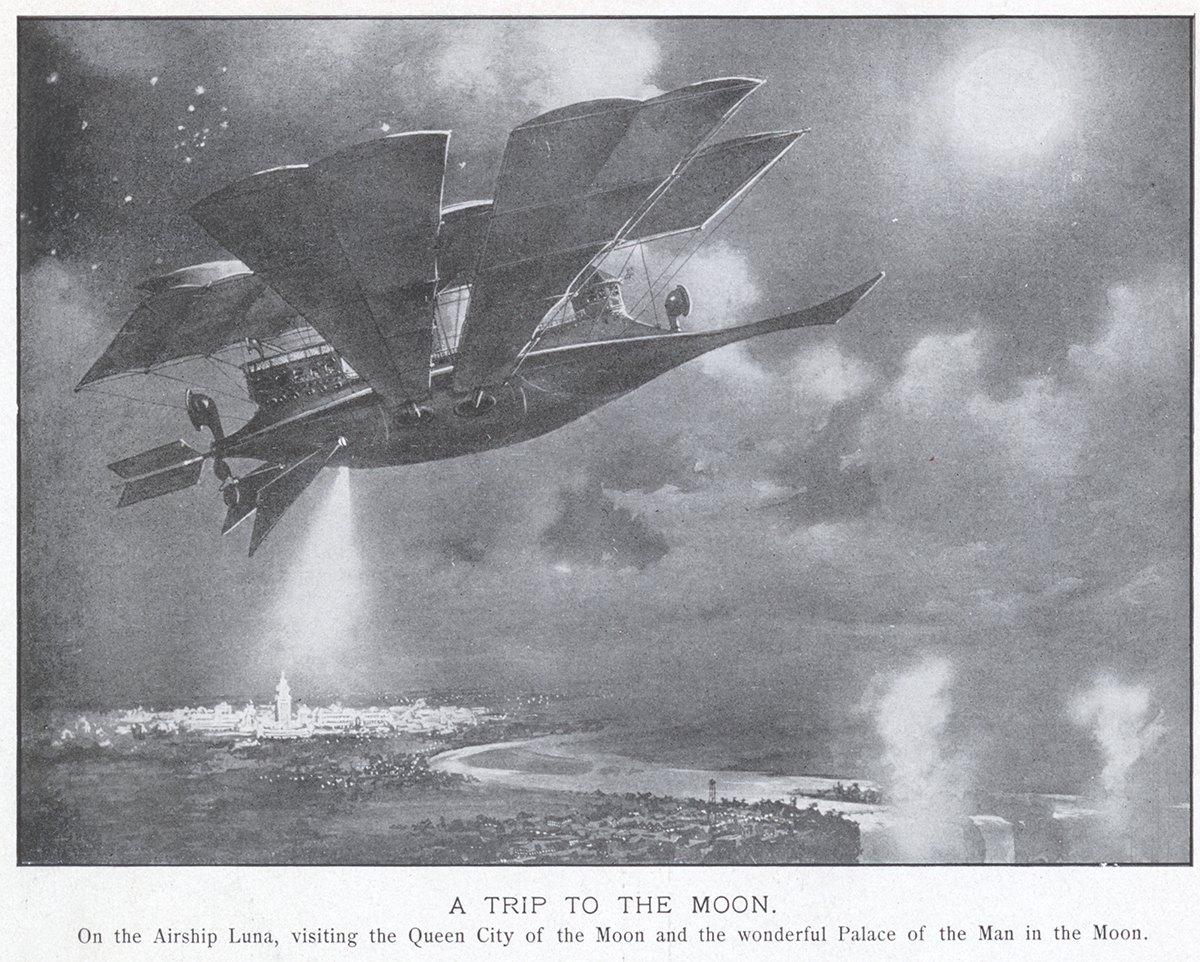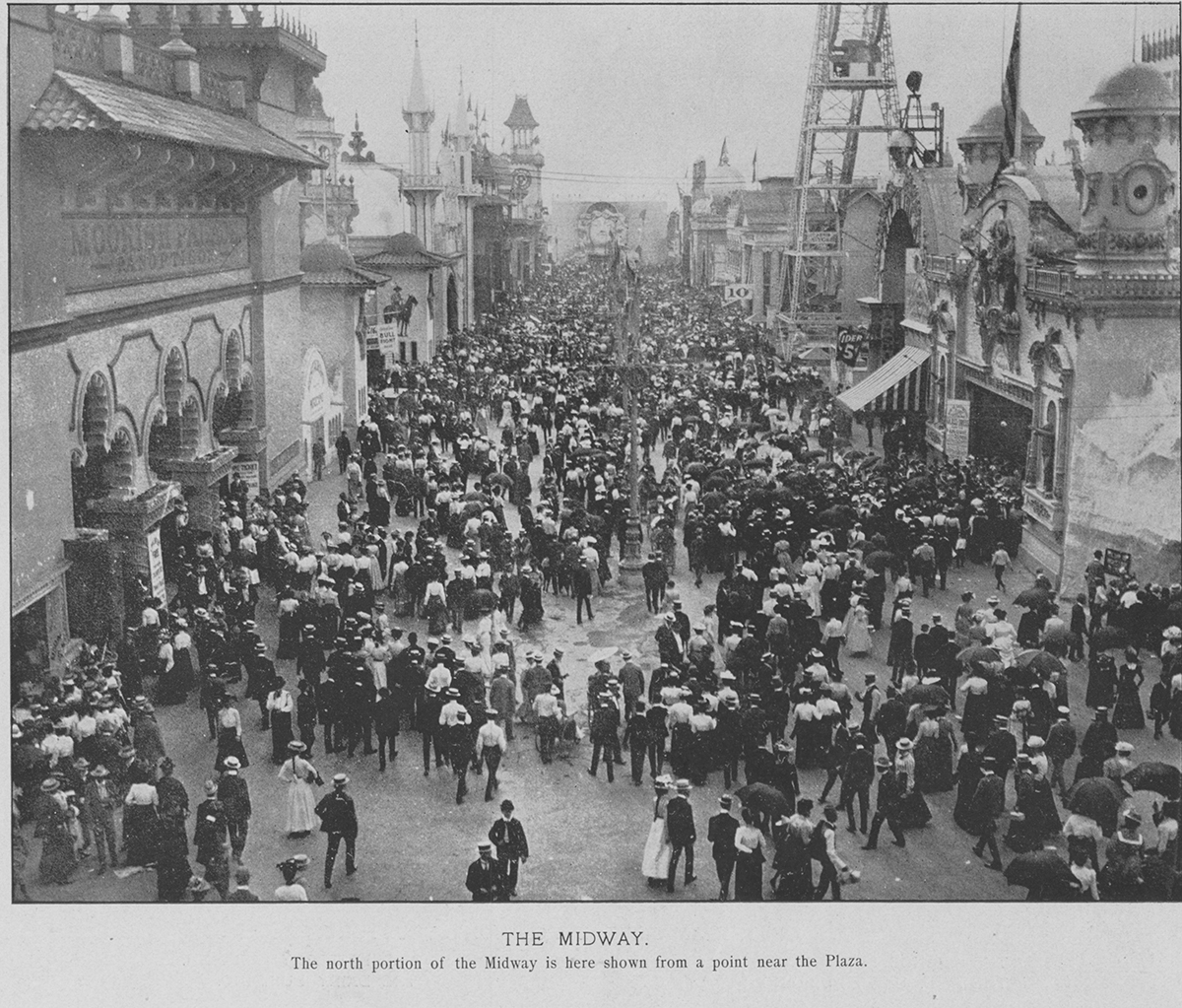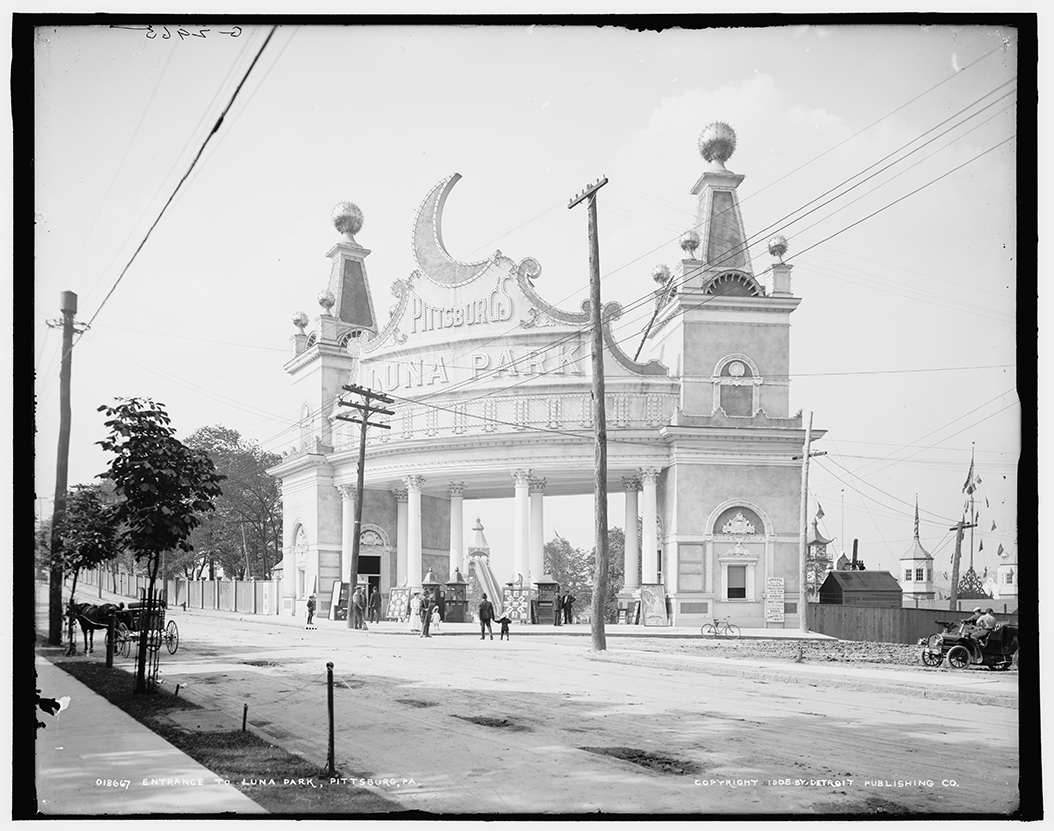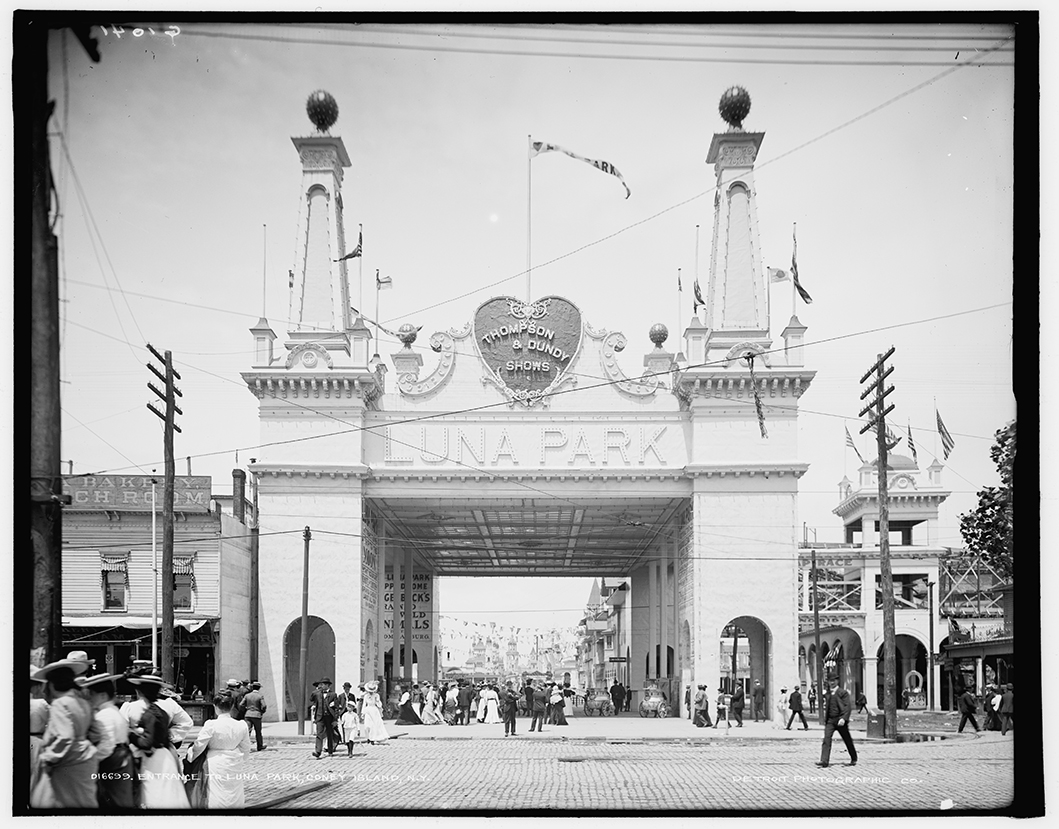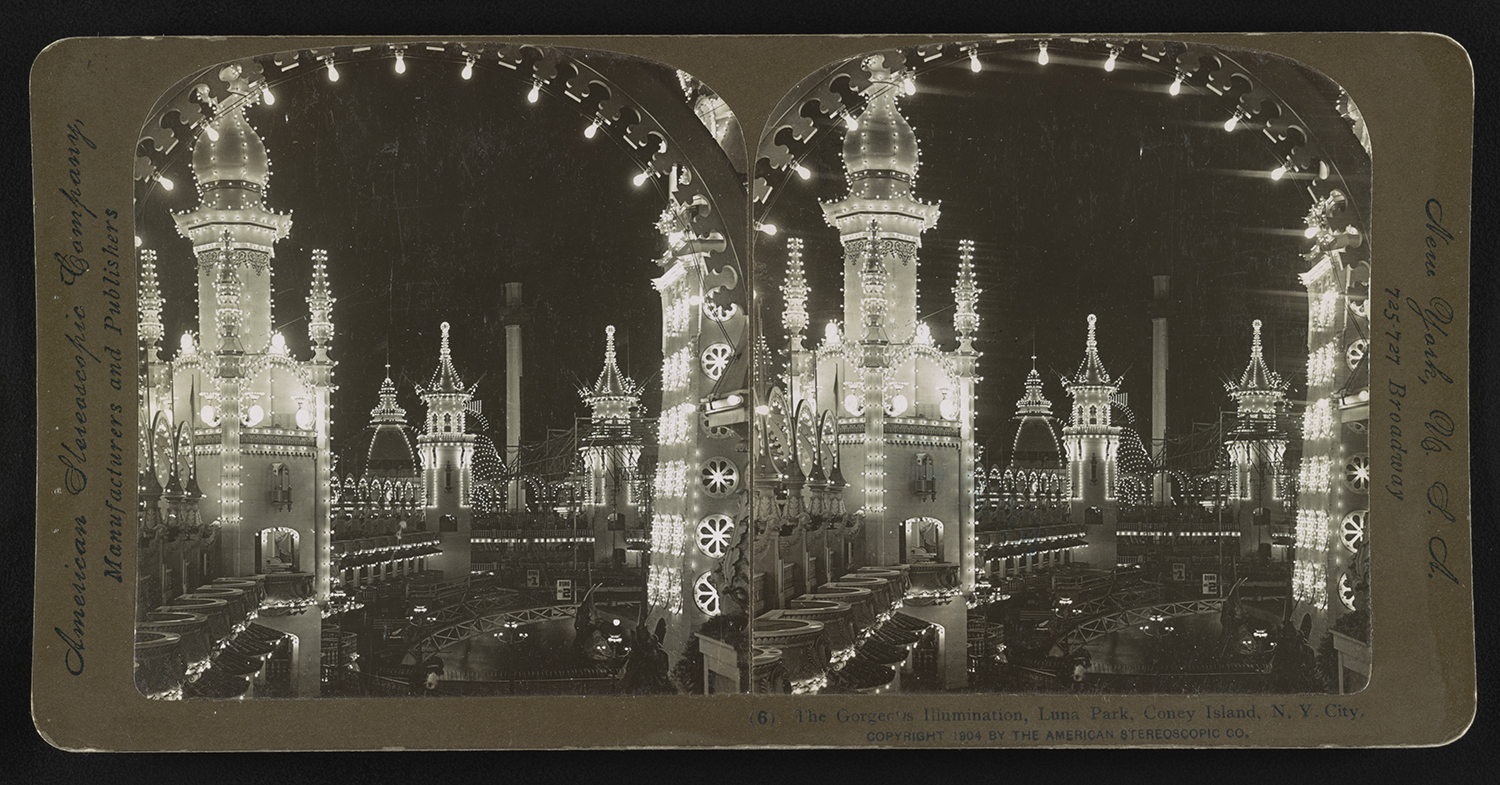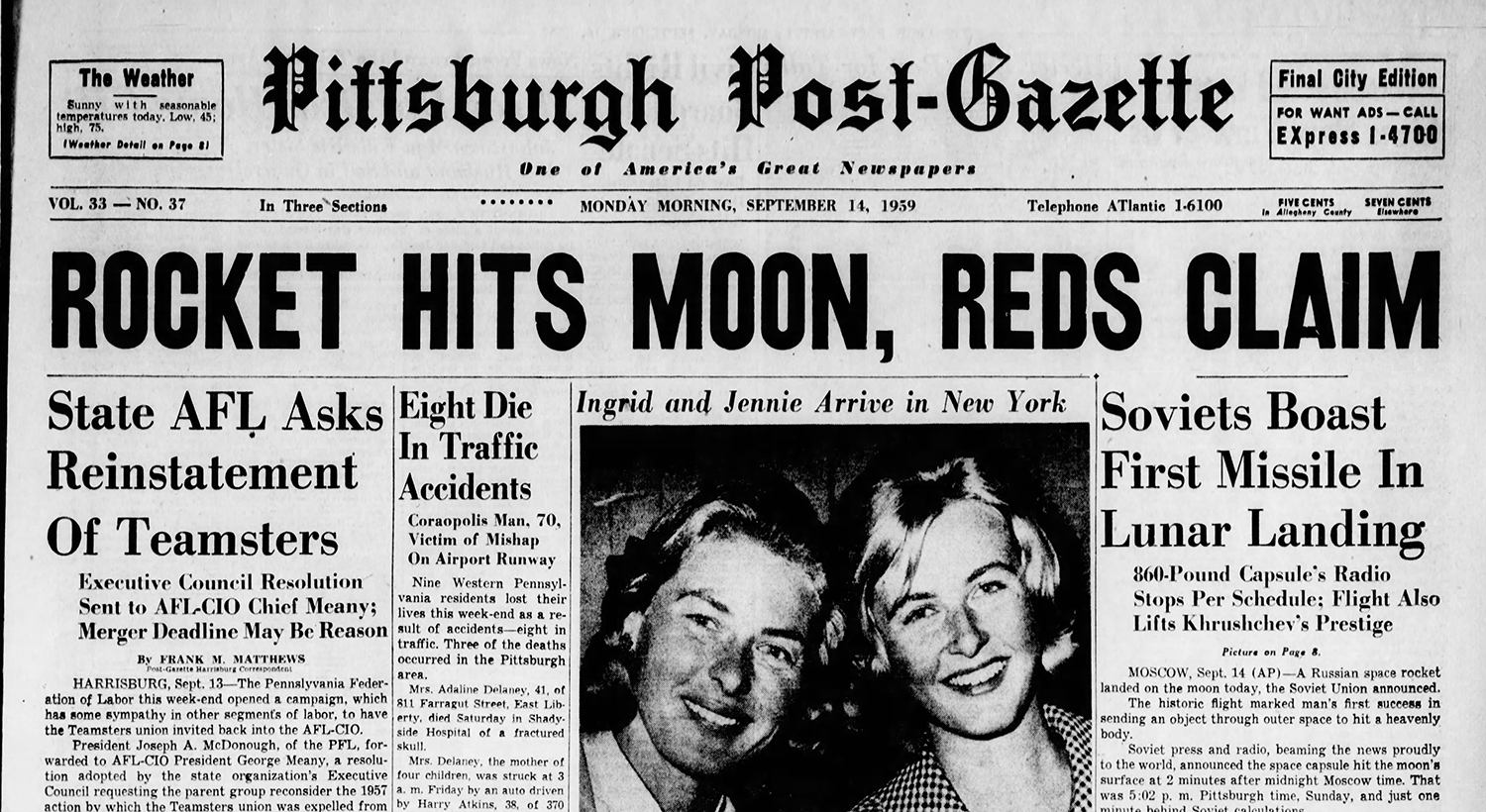
On Sept. 14, 1959, Pittsburghers woke up to a dramatic headline splashed across the front page of the Pittsburgh Post-Gazette: “ROCKET HITS MOON, REDS CLAIM.”[i] In the middle of the night, after 33.5 hours of flight from Earth, a Soviet spacecraft crashed into the surface of the Moon in a region ominously named the Palus Putredinus, or “Marsh of Decay.” For the first time, a man-made object had landed on another body in space. The Soviets had tested the maneuver more than once before they got it right, so the history-making spacecraft was initially called the “Second Cosmic Rocket.” It was renamed Luna 2 in 1963, part of a longer “Luna” space program that ultimately included 24 named craft. (Interesting note: Luna 1, which went off course and failed to reach its intended target, became the first spacecraft to achieve escape velocity and is still orbiting around the sun today.)
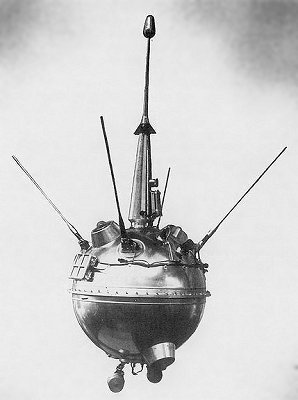
While the Soviet success of Sputnik 1 in October 1957 was the more famous milestone, the voyage of Luna 2 also heightened Cold War anxiety in a nervous U.S. But Luna 2’s historic voyage also served as an international reminder of the long-held dreams of people to connect with the brightest object in our nighttime sky, if only in their imaginations. The ancient Romans dubbed one manifestation of their moon goddess “Luna,” or the Latin word for Moon. Centuries later, in 1901, visitors from across the United States flocked to a different Luna at the Pan-American Exposition in Buffalo, New York. There, would-be space travelers eagerly paid the princely sum of 50 cents to enter a ride called “A Trip to the Moon.” They boarded an airship-ornithopter (a craft the flies by flapping its wings) dubbed the “Luna” and enjoyed a simulated space voyage to a papier-mâché Moon, complete with space caves and Moon maidens. Promotional brochures portrayed the ride as the normal service of the “Aerial Navigation Company,” with “30 airships flying daily” from the landing dock at Buffalo to the surface of the Moon.[ii] It was the first electrical dark ride in the nation.
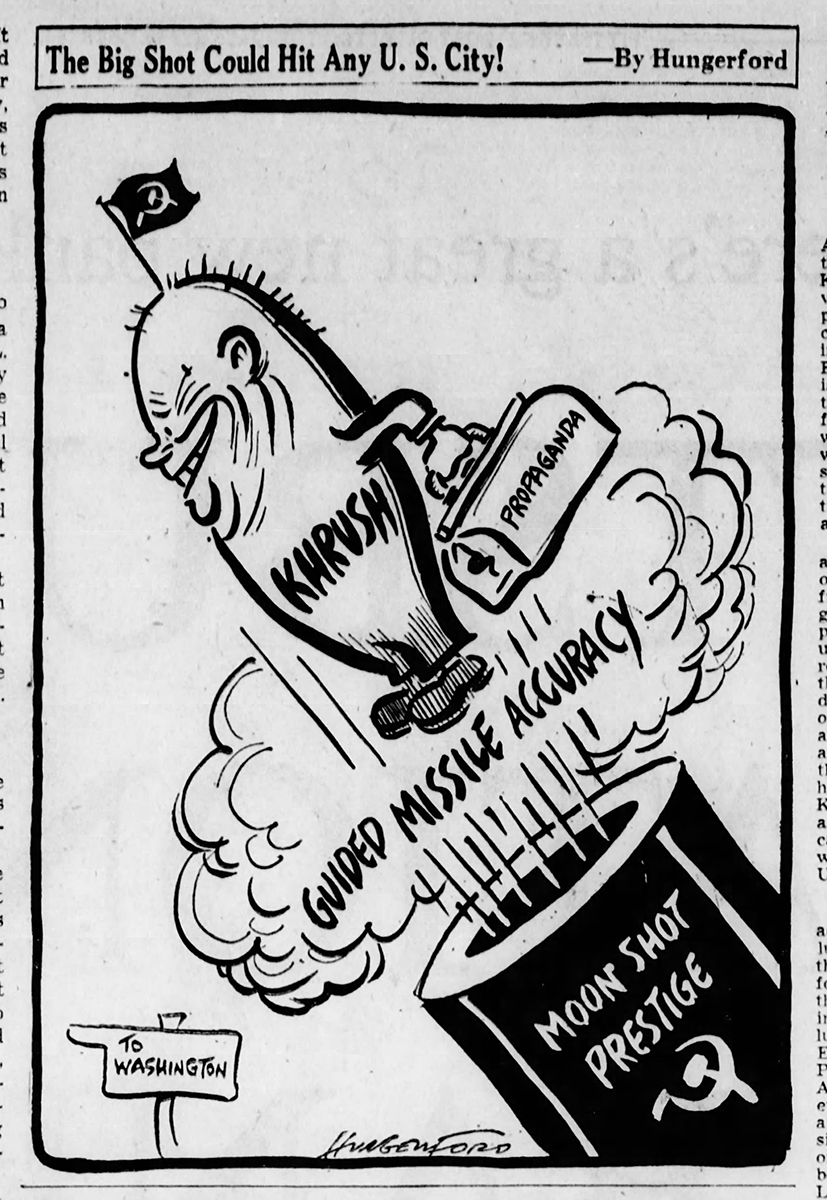
A Trip to the Moon
Created by Ohio native and amusement impresario Frederic Thompson, “A Trip to the Moon,” was a huge, industry-altering hit. One enthusiastic reporter for the Pittston Gazette in Luzerne County, Pa., called it the “crowning glory” of the fair; a writer for the Franklin, Pa., News-Herald judged it a “triumph” over all competitors on the exposition midway.[iii] (One of those would-be competitors was Nebraskan Elmer “Skip” Dundy, who had initially applied to operate another ride on the midway called “Darkness and Dawn,” a pirated version of different Thompson creation. Instead, the two men joined forces and became business partners. Some accounts suggest that it was Dundy’s sister’s name, Luna, that inspired the name of the airship, although the ship was always clearly Thompson’s creation.)
Patronized by presidents, politicians, and other dignitaries—Thomas Edison loved the ride— “A Trip to the Moon” was so successful that it lived on after the Buffalo Exposition closed. Its success may have helped inspire French filmmaker George Meliés’ famous 1902 animated feature, “A Trip to the Moon.” The ride made its way to Coney Island, where it reopened for the 1902 season at George C. Tilyou’s legendary Steeplechase Park. Business disputes eventually arose between Tilyou and Thompson and Dundy, and the ride closed, but not for long. In 1903 “A Trip to the Moon” reopened again, this time as a centerpiece of Thompson and Dundy’s grand new Coney Island park, Luna Park. Thompson even debuted a larger and improved version of his airship, patented with new mechanisms designed to increase the allusion of a flying ship “ascending and descending through air.”[iv]
Another Luna
Luna Park, illuminated with some 250,000 incandescent lights, was as big a hit as the original ride had been back in Buffalo. By 1904, Pittsburgh received word that the Steel City would get its own version of this excitement when announcements heralded that Thompson and Dundy would replicate their wonderland here.[v] The park was to be a business collaboration with Pittsburgh’s own Frederick Ingersoll. Alas, by the time Pittsburgh’s Luna Park opened in 1905, Thompson and Dundy were out of the picture: the business partnership collapsed within weeks of the original announcement. That is probably why no “Trip to the Moon” seems to have made it to Pittsburgh. The park itself didn’t last long, closing in 1909. But Frederick Ingersoll went on to be involved with the development of “Luna Parks” across the United States and overseas. In time, the term “Luna Park” came to be internationally recognized as a name meaning an amusement park. Today “Luna Parks” can be found all around the world, from Australia to Europe.
When the Soviet craft Luna 2 made history by crashing into the Moon, many people no doubt worried about the technological threat it presented to the global community, and with good reason. But for others, it was one more reminder of that seemingly ever-present human desire to go farther and faster than previous generations, whether that was in a rocket, a roller coaster, or just in their own minds, on a simulated trip to the Moon on a carnival midway.
For More information
To learn more about the historic voyage of Luna 2, check out NASA’s page about the mission.
To read more about Pittsburgh’s own Luna Park, you can check out Brian Butko’s book, “Luna: Pittsburgh’s Original Lost Kennywood.”
[i] “Rocket Hits Moon, Reds Claim,” Pittsburgh Post-Gazette, September 14, 1959.
[ii] An image of this brochure can be seen at: Jeffrey Lindberg, “Coney – A Trip to Luna Park,” 2017, accessed http://www.coneybook.com/a-trip-to-the-moon/
[iii] “A Trip to the Moon,” Pittston Gazette (Luzerne County), September 6, 1901; “A Trip to the Moon,” The News-Herald (Franklin, Pa), September 10, 1901.
[iv] F. W. Thompson, patent for scenic apparatus, U. S. patent 725,509, filed November 15, 1902 and issued April 14, 1903.
[v] Brian Butko, Luna: Pittsburgh’s Original Lost Kennywood (Pittsburgh: Senator John Heinz History Center, 2017): 44.
Leslie Przybylek is senior curator at the Heinz History Center.

